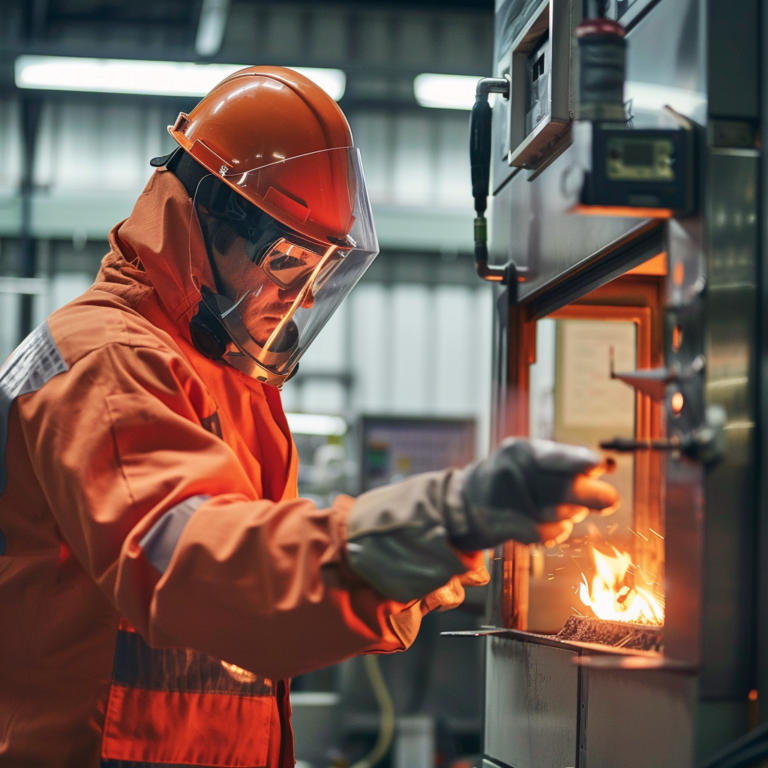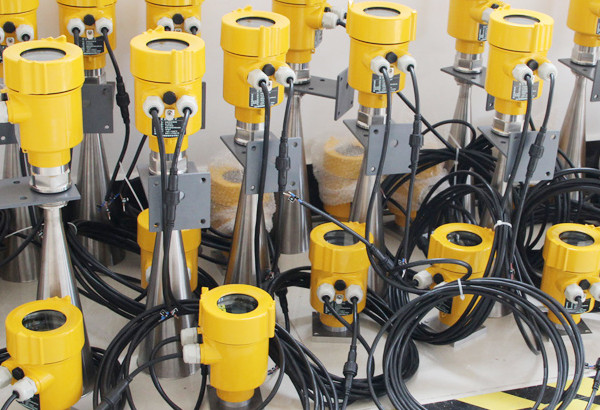High temperature conditions are a common and challenging environment in industrial production. Under such conditions, the accuracy of liquid level monitoring is directly related to production safety and efficiency.
Radar level meters have shown their irreplaceable importance in high temperature application environments due to their unique advantages.
This article aims to explore the impact of high temperature conditions on level measurement and analyze why radar level meters have become the preferred solution.

The challenges of high temperature environment to level measurement technology are mainly reflected in the following aspects:
First, high temperature will accelerate the aging of instrument components and shorten the service life of equipment;
Second, high temperature may cause changes in the properties of the measured medium, such as evaporation or viscosity changes, affecting the measurement accuracy; third, extreme temperature conditions put forward higher requirements on the material and design of the instrument to adapt to the physical changes of thermal expansion and contraction.
Faced with these challenges, radar level meter has become an ideal choice for high temperature conditions due to its non-contact measurement characteristics. Its core principle is to measure distance by the reflection of radar waves.
Since radar waves do not require medium propagation, they can penetrate environmental interference such as steam and dust and hit the liquid surface directly, effectively avoiding the influence of changes in medium properties caused by temperature changes on measurement accuracy.

Under high temperature conditions, radar level meters have several key advantages:
1. Superior high temperature resistance: Modern radar level meters are usually made of high temperature resistant materials, such as alloy materials or high temperature plastics, which can withstand continuous high temperature operating conditions and ensure stable operation in extreme environments.
2. Low maintenance requirements: Due to its non-contact measurement characteristics, radar level meters require almost no maintenance in high temperature applications, which not only reduces maintenance costs, but also reduces the risks of workers working in harsh environments.
3. High measurement accuracy and strong reliability: Radar level meters can accurately measure liquid levels and maintain excellent stability and repeatability even under extreme temperature fluctuations, which is essential to ensure the continuity and safety of the production process.

A specific example is that during the oil refining process, crude oil is fractionated through a high-temperature distillation tower. In this process, the accuracy of controlling the liquid level is crucial to ensure product quality and improve energy efficiency.
Traditional level measurement equipment often fails in such a high-temperature environment, while radar level meters can continuously provide accurate and reliable measurement data, making the production process smoother and more efficient.
The radar level meter is selected in high-temperature conditions not only because it can adapt to extreme environments, but also because of its comprehensive advantages in ensuring production continuity, improving safety and reducing operating costs.
With the continuous advancement of technology, the performance of radar level meters in high-temperature applications will continue to be optimized, bringing more convenience and security to industrial production.
The choice of radar level meters in high-temperature conditions is based on its adaptability to extreme temperatures, stable measurement performance and low maintenance requirements.
These characteristics make radar level meters an ideal solution for high-temperature application environments, protecting the company’s investment, optimizing production processes, and improving overall economic benefits.
